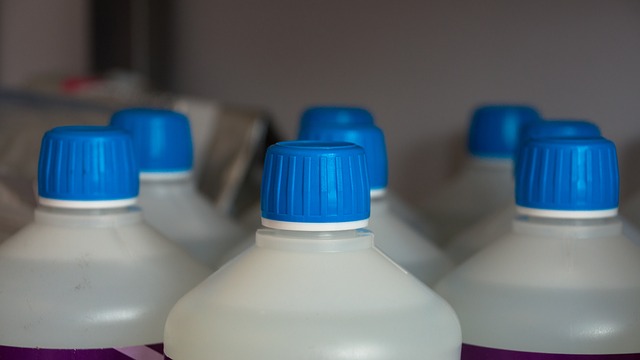
Bisphenol (BPA) has been a problematic material for a number of years following its appearance in food and drink products in contact with plastics. The European Food Safety Authority (EFSA) reassessed the safety issues following an initial evaluation a few years ago on levels of exposure and toxicity but felt it needed to recheck the findings.
Bisphenol is used with other chemical additives in the manufacture of plastics and resins. It is mainly used in the production of polycarbonate which is a high performance transparent and rigid plastic that is often used in making food packaging including returnable plastic bottles, storage boxes and infant feeding bottles.
Initially, the safe level for BPA was 50 micrograms per kilogram of body weight per day (µg/kg of bw/day) but this was then reduced to just 4 µg/kg of bw/day when better quality data was received by EFSA on its toxicity. The new TDI (Tolerable Daily Intake) was derived following examination of various metabolic and immune systems, the impact on reproduction and appearance in breast milk. Further studies then examined how much dietary exposure there was to BPA.
The conclusions from the study are that BPA is no health risk to consumers in any age group at the exposure levels consistently found in foods and other products even when they are combined to give a total value. That total value is called the ‘aggregated exposure’ when it is derived from a number and variety of sources. The results come from comparing the content of BPA from a variety of sources such as packaging, cosmetics, diet etc. which are combined together, with the TDI. Even with the highest estimates of dietary exposure, the levels ingested are three to five times less than the current TDI.
It’s likely the TDI will be revised again dependent on the outcome of a prolonged rat model investigation. The EFSA expert panel (CEF Panel) that deals with food contact materials believes that since 2006 when little was understood about BPA, the level of understanding on routes, exposure levels etc. is much more sophisticated. One conclusion is that “dietary exposure is 4 to 15 times lower than previously estimated by EFSA, depending on the age group”.

Again, another case of the mega-grid food system placing its reliance and trust in additives. When will the food industry learn – if its not food itself it’s packaging at the root of the problem.
Couldn’t have agreed more. Surely people will figure out thay are as disposable a commodity as the rest of the food industry. I’m waiting for soylent green to actually be introduced.
Why didn’t the government tell us about it?